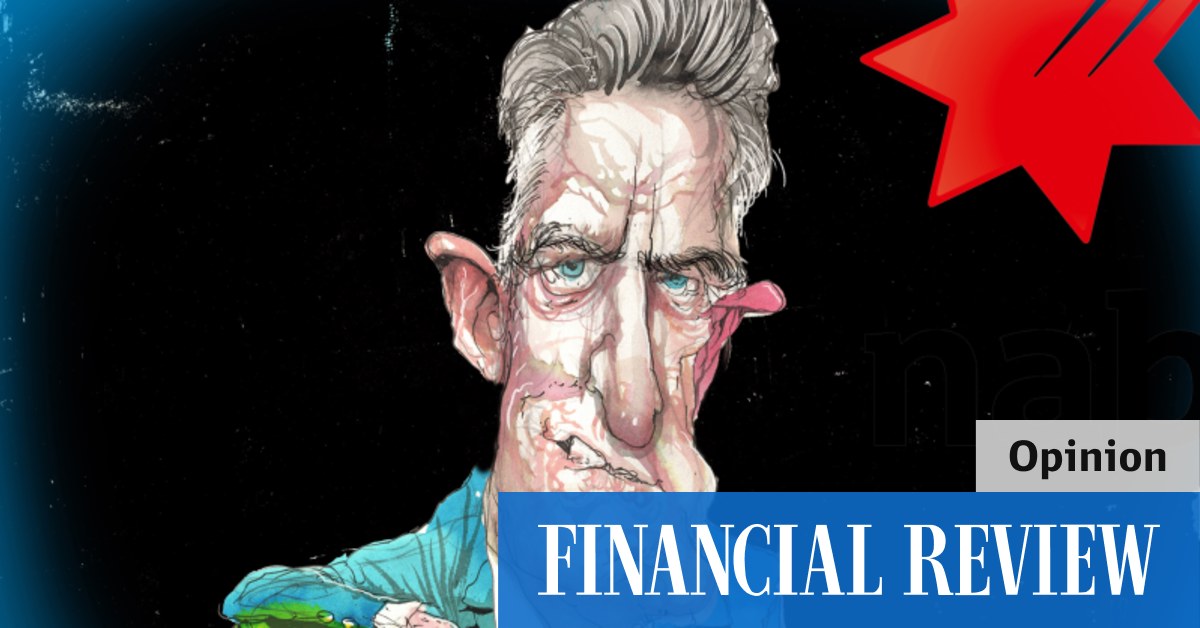This appears to have spooked the market, with NAB shares falling 3 per cent on Tuesday morning; the stock is essentially flat year-to-date.
But the margin boost is coming, with Citi analyst Brendan Sproules tipping NAB’s NIM will lift from 1.62 per cent in May to 1.64 per cent by September, and then 1.76 per cent a year later.
But with the RBA only starting its tightening cycle in May, later than many of its global peers, investors will need to wait a little longer for this tailwind to really get going.
Of course, rising rates are a double-edged sword for banks, and NAB chief executive Ross McEwan has been vocal in urging borrowers worried about mortgage stress to come forward early and seek help, whether that’s an adjustment to their loan repayments, fixing or splitting their loan, tapping their redraw facility, or plain old hardship assistance.
But for now, NAB’s mortgage book looks to be in pretty good shape.
NAB’s total credit impairment charge for the quarter was just $11 million, less than a third of the charge it took in the March quarter.
Better still, loans 90 days or more past due and gross loans as a percentage of NAB’s lending book continue to decline. Just 0.7 per cent of NAB’s loans were in this “troubled” category at June 30, compared with 0.75 per cent at March 30, and 1.13 per cent at June 30, 2021.
Again, NAB’s June quarter numbers – and Commonwealth Bank’s full-year profits on Wednesday – come too early to reflect the full impact of the RBA’s rate rises, so there is no doubt that what mortgage stress we do see is still some months down the track .
But the fact the percentage of troubled loans in NAB’s book is still falling shows the banks – and households more broadly – will start this tough period in a pretty good spot.
McEwan believes most of his customers can absorb higher rates, with about 70 per cent of home loan repayments ahead of schedule.
Of course, the glass-half-empty view is that there are 30 per cent of customers living mortgage payment to mortgage payment – including a big chunk of borrowers set to shift from fixed rates to variable ones – in an environment where rates will end the year about 3 per cent higher than where they started it.
And, according to Barrenjoey analyst Jonathan Mott, it’s the 10 per cent of households – who account for something like $200 billion of home loans – that represent the real worry; the average customer might be fine, but it’s the tail that can hurt the banks.
But as McEwan points out, this slowdown won’t look like your parent’s three decades ago – historically low unemployment and historically high household savings should provide resilience this time around.
If consumer spending can moderate, as appears likely, and wage growth doesn’t get out of control, perhaps the soft landing that the RBA craves can be engineered.
